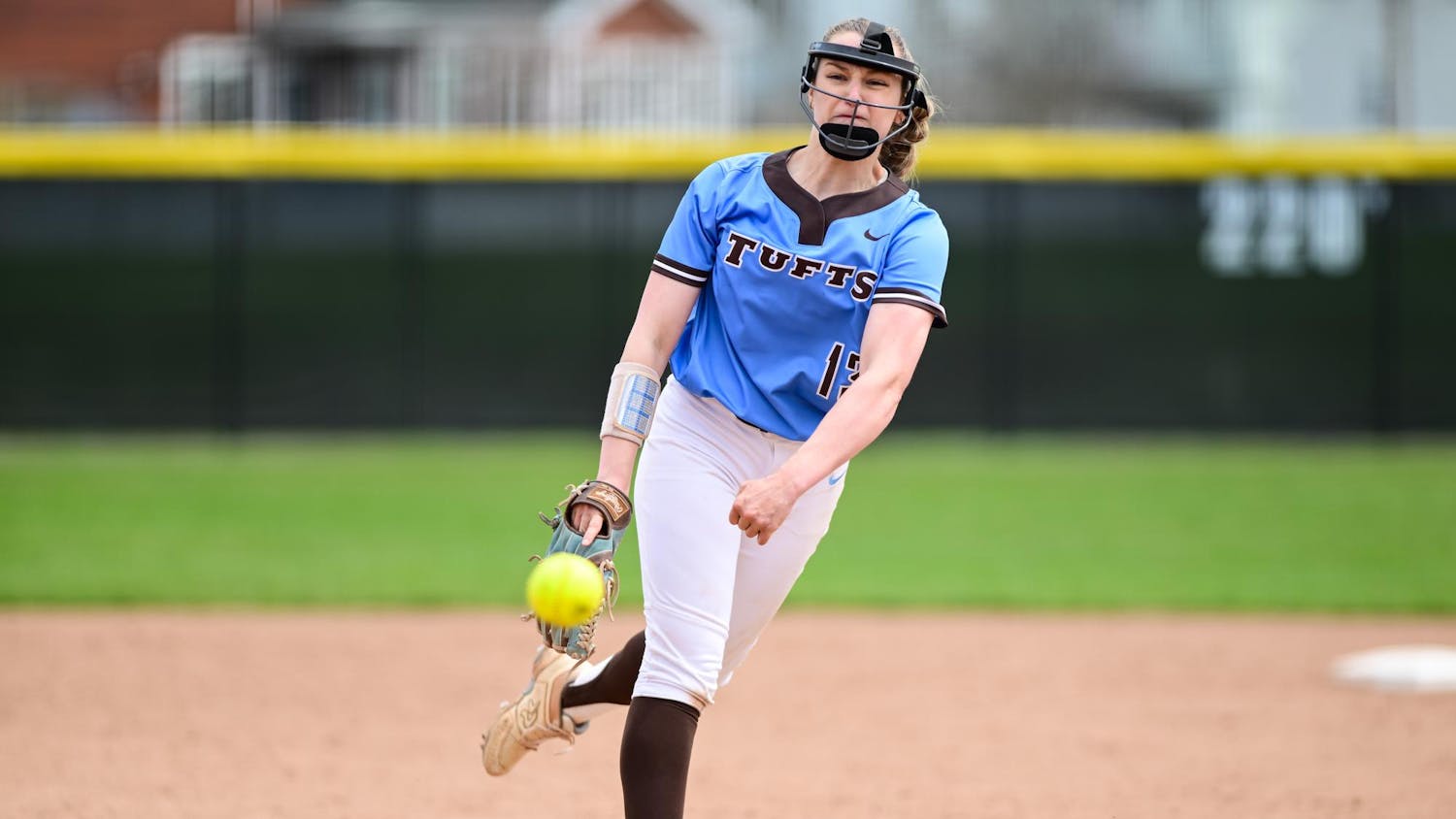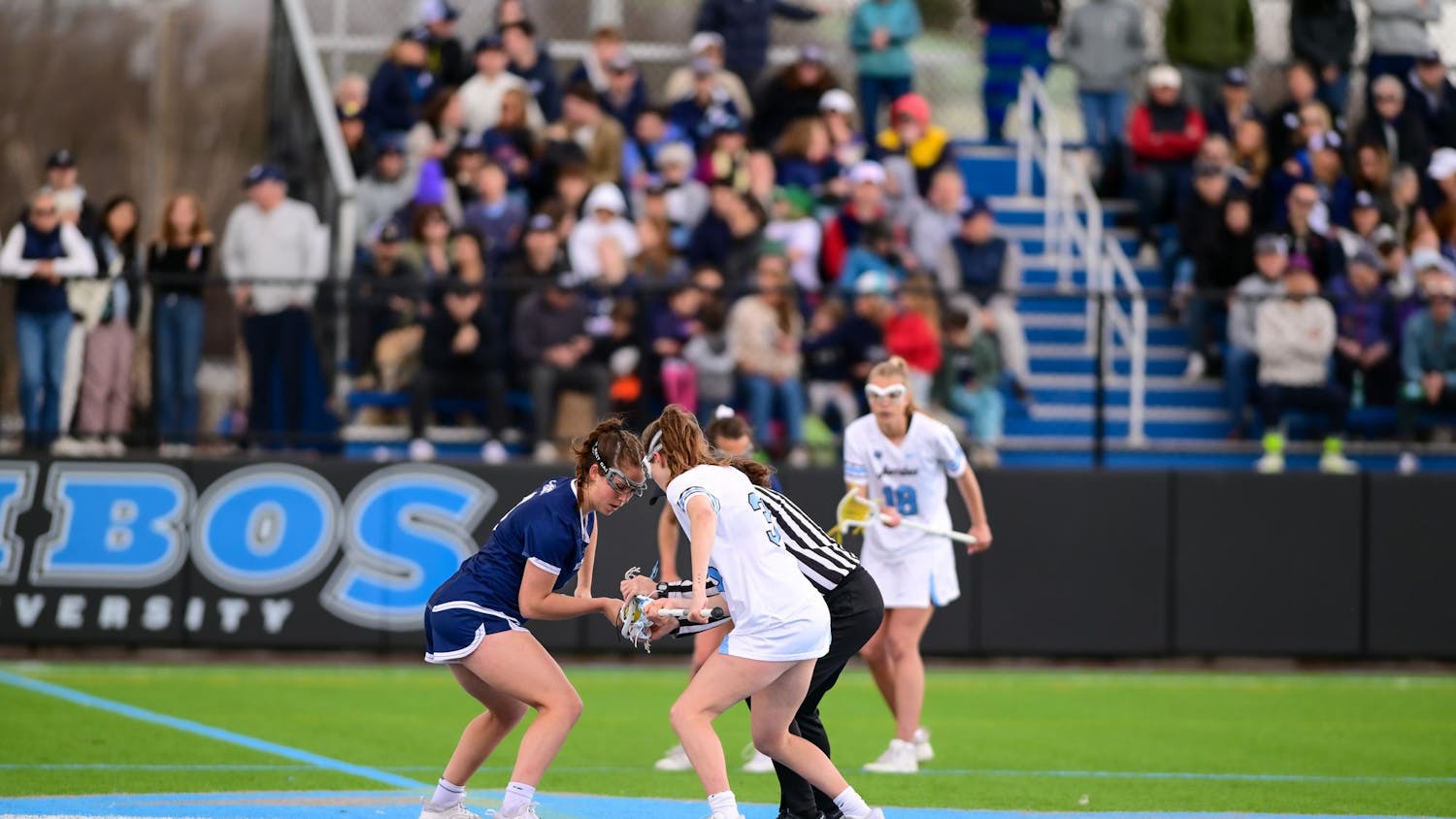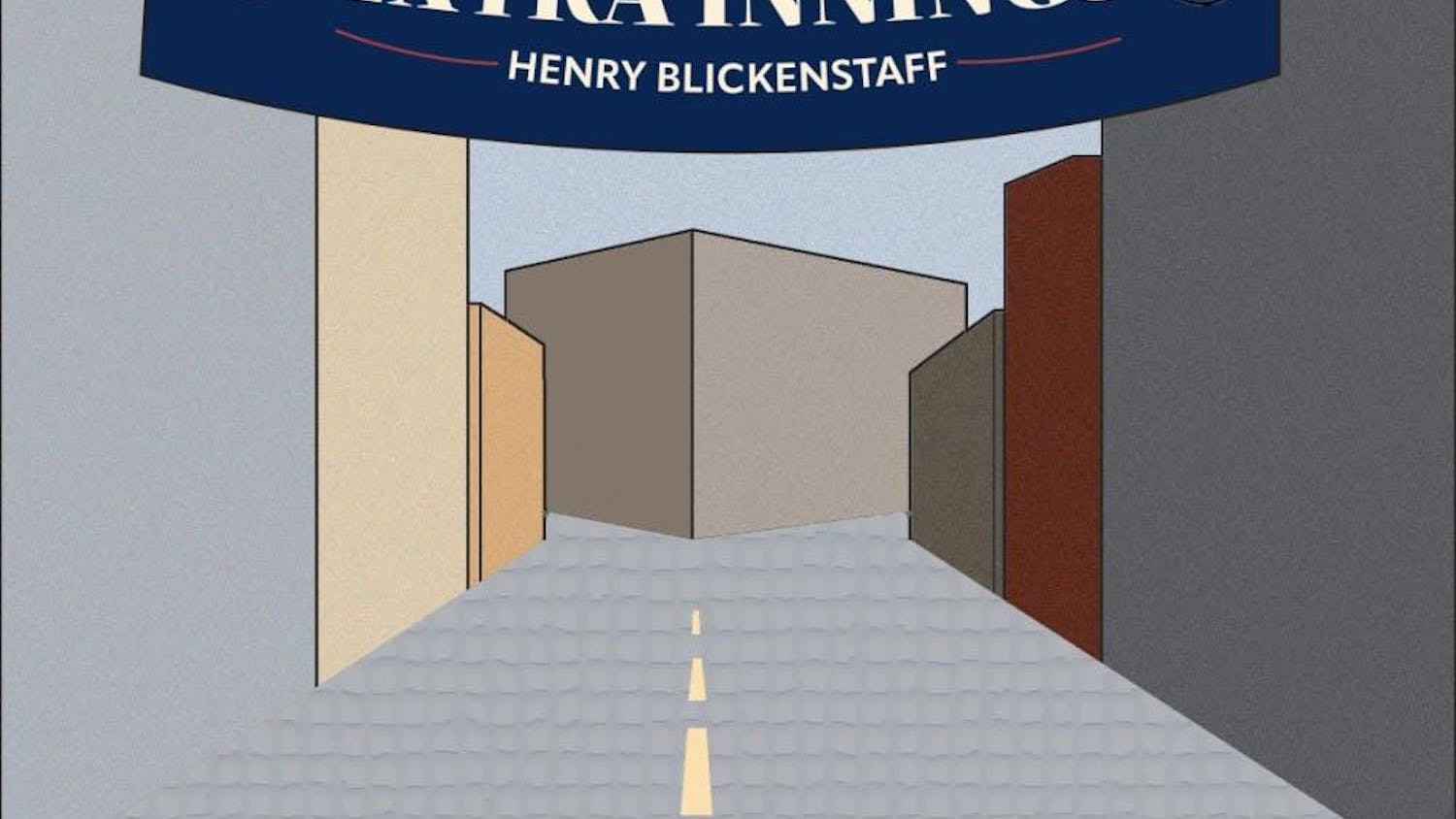A receiver streaks across the field to make a catch. A defender charges from his position nearby and launches himself head first at the receiver in hopes of dislodging the ball. The two collide and fall to the turf, motionless or slow to get up. One gets a hefty fine, the other a concussion.
That sequence of events has become routine in today's NFL, where helmet−to−helmet hits are praised by those who enjoy watching players get "jacked up" and derided by those who worry about their safety. On Sunday, several players were forced to leave their games as a result of violent collisions, including Cleveland Browns receivers Josh Cribbs and Mohamed Massaquoi and Philadelphia Eagles star wideout DeSean Jackson.
Earlier this week, the league responded by handing out a $50,000 fine to Atlanta Falcons cornerback Dunta Robinson, who delivered the hit on Jackson and recieved a concussion of his own. The NFL also issued a $75,000 bill to Pittsburgh Steelers linebacker James Harrison, who KO'ed both Cribbs and Massaquoi and has a reputation for going out of his way to harm other players.
The commissioner's office also threatened players who continue to hit defenseless receivers or lead with their helmet when making tackles — including first−time offenders — with suspensions.
However, the emphasis on avoiding helmet−to−helmet hits was not unanimously ratified by the league's players. Defenders bemoaned the fines, saying that they stripped away the aggression and the "hit 'em in the mouth" mentality that have defined football for years. Others said they will continue to play the same way because they can't afford to be cautious when coming in for a hit, since it could give the receiver the opportunity to break the tackle and escape.
But tell that to Jackson, Cribbs, Massaquoi or Bears quarterback Jay Cutler, who has suffered multiple concussions in his brief career. Worse, tell it to Rutgers University defensive tackle Eric LeGrand, who may have been paralyzed from the neck down after going in head first to make a hit in the team's game on Saturday against Army.
The NFL has no intention of dismantling the smash−mouth style of football that was popularized in the 1980s by then−Chicago Bears linebacker and current San Francisco 49ers head coach Mike Singletary. In fact, current Bears linebacker Brian Urlacher has been one of the most outspoken against change, suggesting that the NFL is turning into "the National Flag Football League." But the league has an obligation to protect its players — to keep them on the field during their careers and to ensure that they can lead normal lives after retirement.
Many of the NFL's best defensive players have kept their hits legal and, as a result, have never been flagged or fined for a helmet−to−helmet blow. New York Jets' cornerback Darrelle Revis, one of the toughest defenders for receivers to beat, is also one of the cleanest defensive backs in the league. Patrick Willis, Singletary's protege in San Francisco, whose 514 career tackles are the most for any single player since Willis entered the NFL, has never elicited any reprimand from the league.
With the NFL considering tacking two more games onto the current 16−game regular season schedule, and the NFL Players' Association haggling with the owners over the next Collective Bargaining Agreement, the issue of safety in football will take center stage over the next several months.
Players are concerned that the 18−game schedule will result in even more serious injuries, partly because injuries happen every weekend, and partly because players are more likely to get hurt when they are fatigued.
Of all the injuries that players can sustain on a football field, repeated concussions have some of the worst long−term consequences after they retire from the NFL. And although many of those players will have earned millions of dollars during their careers — compensation, in part, for the risks that they take — no amount of money is worth living 40 years with chronic headaches, mental illnesses and the inability to lead a normal life.






